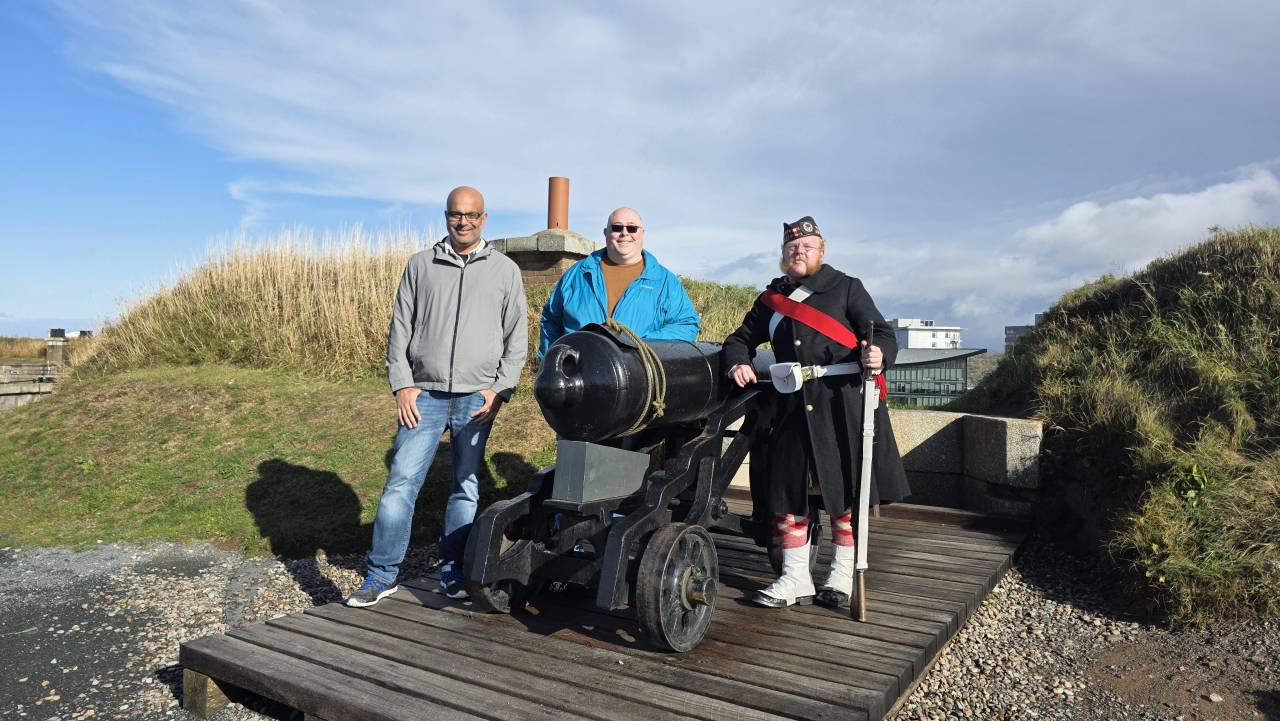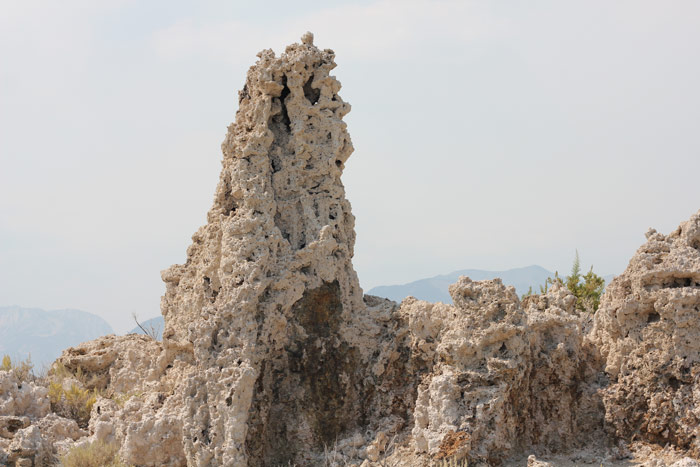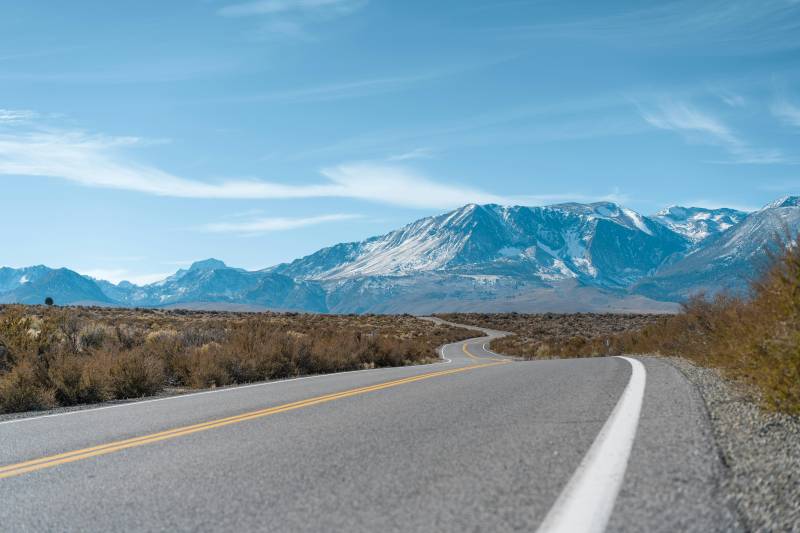No matter how many photos or words I write, it won't do Mono Lake justice. This is a strange part of the country, a beautifully weird and exotic natural wonder that guys must visit to understand. As a young boy growing up in California's San Francisco Bay Area I recall many discussions in science class about Mono Lake and the impact that man can have on nature. This is a great spot to visit for anyone that is passionate about seeing a unique natural wonder that is in flux .. the impact of our constantly changing climate is very evident here. As I walked around Mono Lake it struck me that no matter how many books or news articles you read about something, visiting and seeing it it with your own eyes can still have a huge impact in appreciation and understanding for something uniquely wonderful like this place.
updated, photos taken in 2015, Mono Lake levels fluctuate, so these images should be considered a snapshot in time and your experience may differ

The area east of the Sierra's is collectively known as the Great Basin. Millions of years ago this was part of a giant inland sea but today it is essentially a desert wasteland. As the sea dried up, Mono Lake survived and a unique ecosystem developed around the brine shrimp that thrived in the water and attracted migratory birds and other life.
Below the surface, calcium-rich fresh water bubbled up from the bottom. As it did, structures called tufas formed around the springs. Unfortunately they are now endangered since they are now exposed to the elements and the springs have run dry.




Over the past century, as Southern California developed, water was diverted from the creeks that fed into Mono Lake for use by ranches and later Los Angeles itself. Unfortunately, as the water levels receded this turned islands into peninsulas, exposed the tufas as well as turning the already high levels of salt even more alkaline. These changes ultimately began a collapse of the once vibrant and unique ecosystem.

Even though those streams that were diverted were more than 300 miles to the south, the impact was a drop of almost 45 feet from 1941 to 1982 when restoration efforts began. Due to preservation efforts lead by the Mono Lake Committee since then, the lake has recovered by 6 feet and restoration is happening in the ecosystem too.
As a result, today we are in an interesting position where we can walk among these tufas and see sights that haven't been seen for millions of years ... and won't again once lake levels reach their new goal of adding 14 more feet of depth. Mono Lake is located just a few miles from the eastern gate to Yellowstone National Park and visiting both sites should be high on your list of places to go.
Essential Tips For Visiting Mono Lake On Your Guys Trip
While you can simply stop by Mono Lake on a road trip through the Sierras like I did, it is also a great destination for a guys trip. From photography lovers to guys who love birding, there are cool things you can do and see here but you need to have a plan before just randomly driving all the way out there to take a look.
Time Your Visit For Peak Photography Conditions
Mono Lake's otherworldly tufa formations look most dramatic during sunrise and sunset when the light creates stunning reflections on the water's surface. Plan to arrive before dawn or stay until dusk to capture incredible photos with your buddies. The South Tufa area offers the most accessible and impressive views for photography. Wildlife photographers and bird enthusiasts will want to time their visits during spring and fall migrations when millions of birds including Wilson's Phalaropes, Eared Grebes, and California Gulls transform the lake into a world-class birding destination – the golden light of dawn provides perfect conditions for capturing these avian visitors against the dramatic tufa backdrop.
Pack The Right Gear For The High Desert Climate
Located at 6,378 feet elevation, Mono Lake experiences extreme temperature swings. Bring layers, sun protection, and plenty of water. The high altitude UV exposure is intense, so don't forget quality sunglasses and sunscreen. Sturdy hiking boots are essential as the lakeside terrain can be rough and slippery around the tufa formations.
Consider Kayaking For A Unique Perspective
Rent kayaks from nearby vendors to explore the lake's distinctive ecosystem up close. The lake's high salt content makes it incredibly buoyant, creating a unique paddling experience. Navigate between the towering tufa towers and watch for the millions of birds that use Mono Lake as a critical stopover on their migration routes. There are also several vendors in the nearby area that offer guided kayak tours to make your experience exploring Mono Lake easier and more enjoyable.



Make Navy Beach Your Base For Water Activities
While South Tufa gets most of the attention, Navy Beach offers excellent access for swimming and water activities. The high salinity means you'll float effortlessly – it's like a natural Dead Sea experience. Just remember to rinse off afterward as the alkaline water can irritate your skin if left to dry.
Combine Your Visit With Eastern Sierra Adventures
Mono Lake sits at the gateway to the Eastern Sierra, surrounded by world-class outdoor recreation. In fact, this area is collectively referred to as Mono Basin and there are tons of trails and places to explore whether on foot, bike, or a road trip. Plan your trip to include nearby attractions like June Lake for fishing, Bodie Ghost Town for historical exploration, or Hot Creek for a natural hot spring soak. The area offers endless opportunities for outdoor adventure with your crew.

This Moment at Mono Lake Won't Last Forever
While Mono Lake is a testament to both environmental damage and restoration success, it also presents a unique moment for visitors to witness. As climate change continues to reshape our natural landmarks, the exposed tufa formations we can walk among today may once again disappear beneath rising waters – making our current window to experience this phenomenon particularly special. This delicate balance between preservation and accessibility raises important questions about how we manage and interact with such unique natural wonders for future generations.

